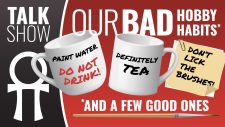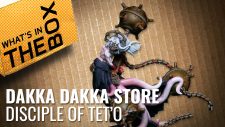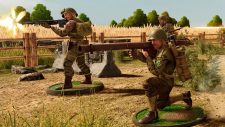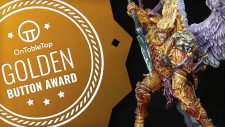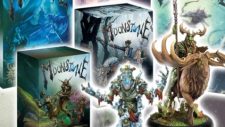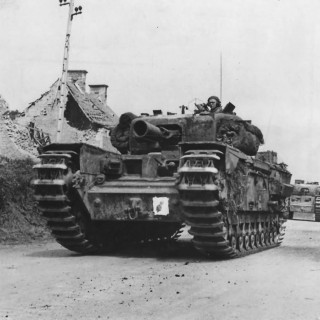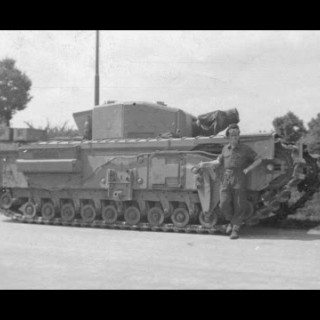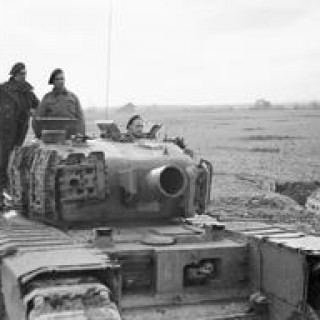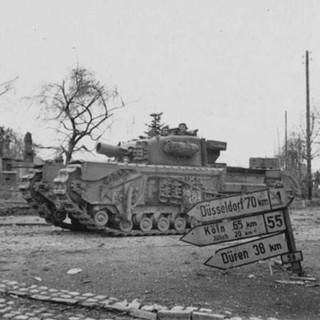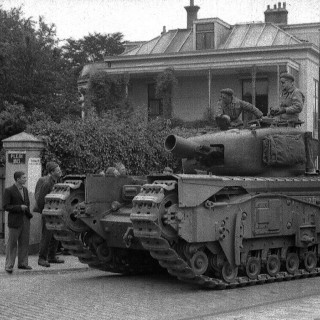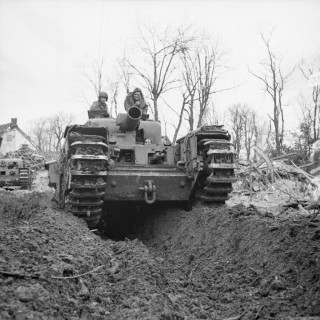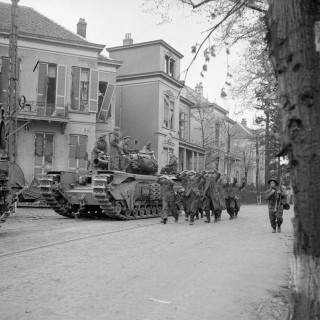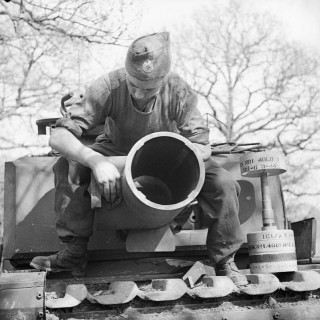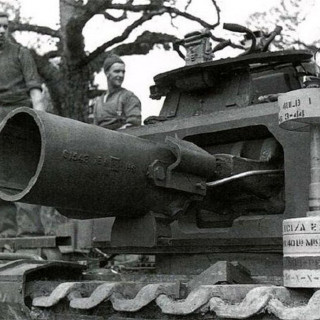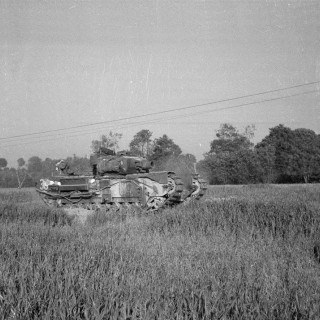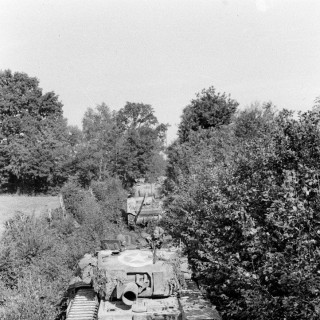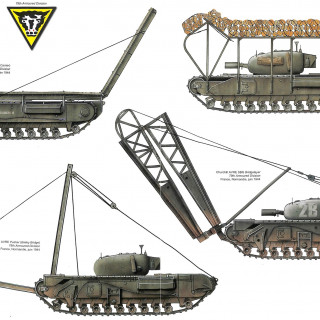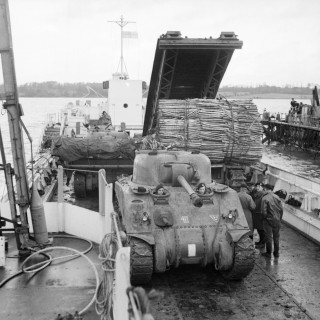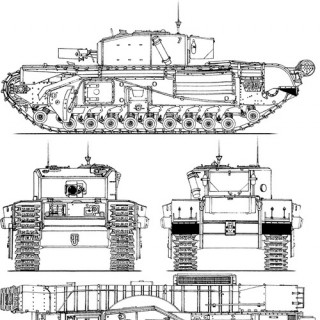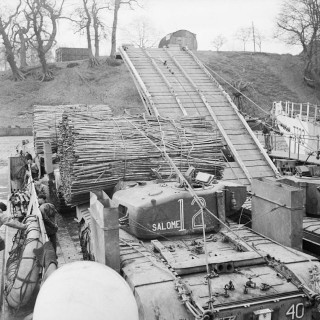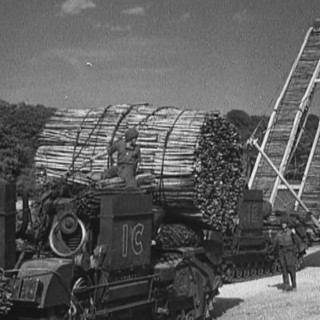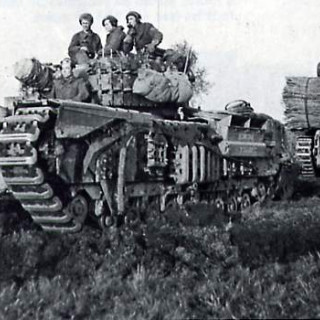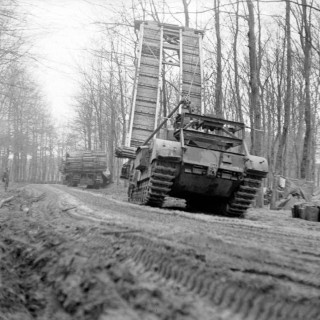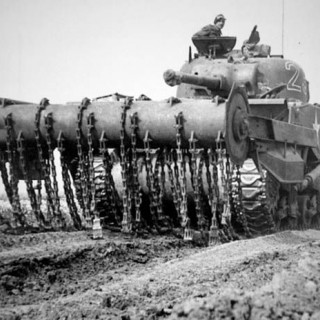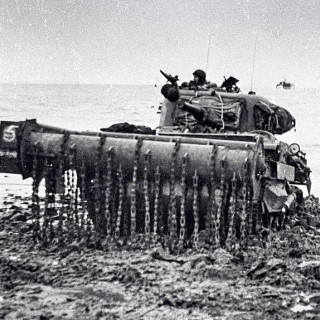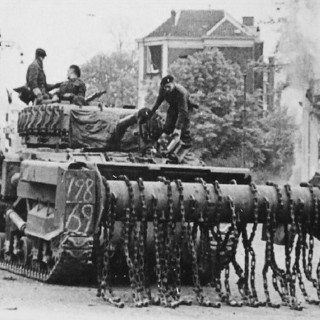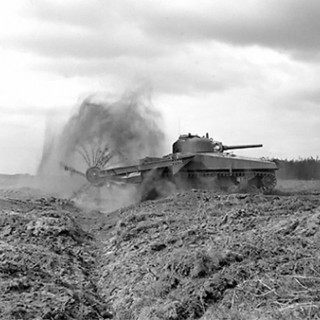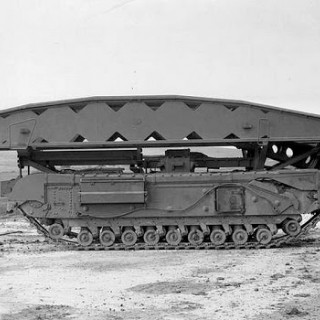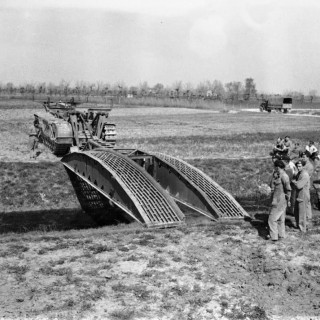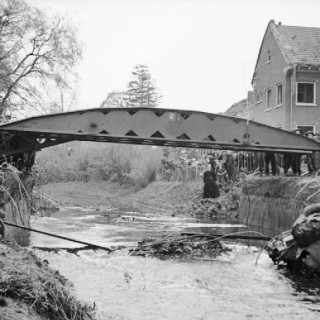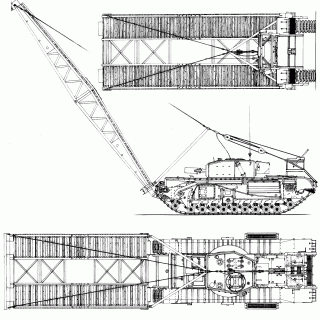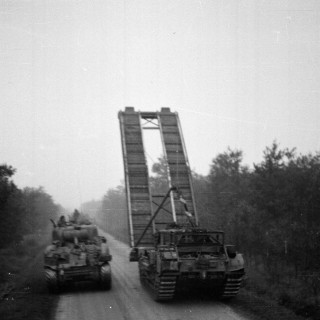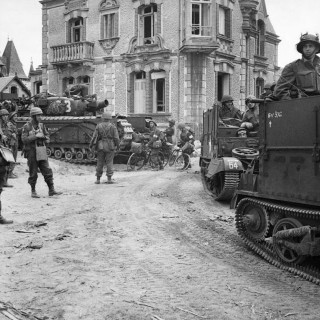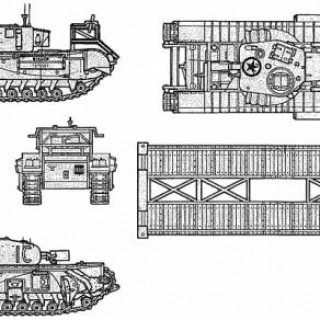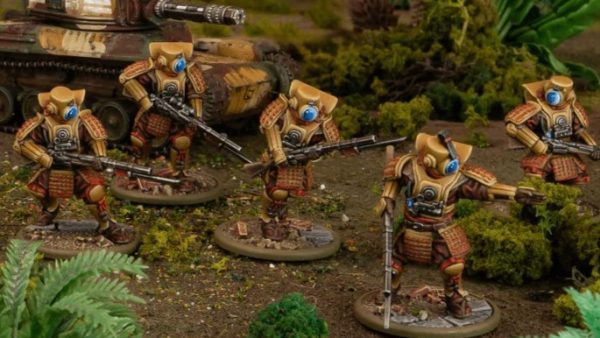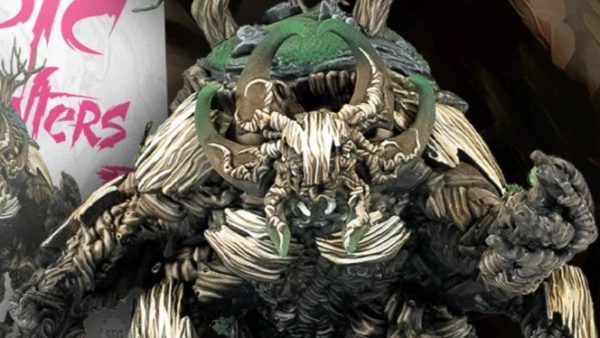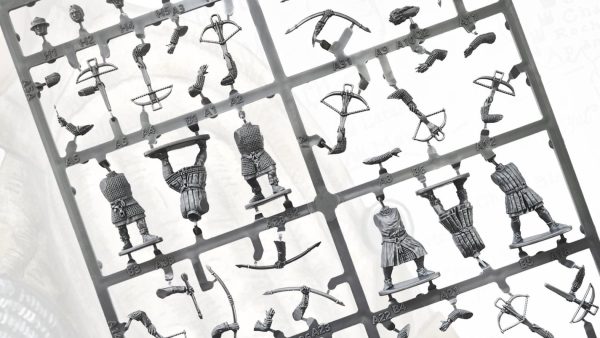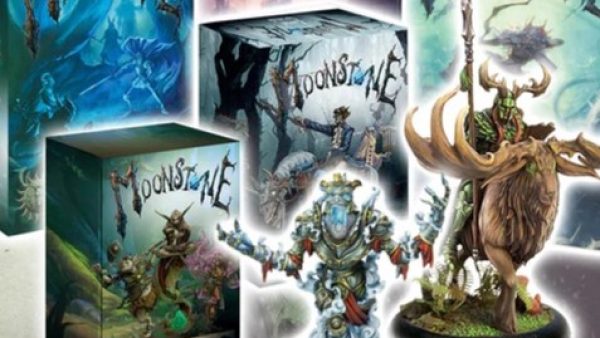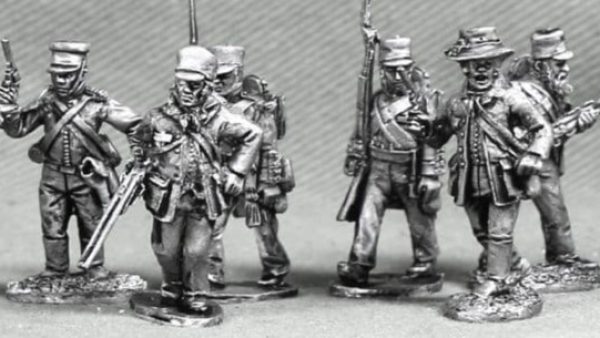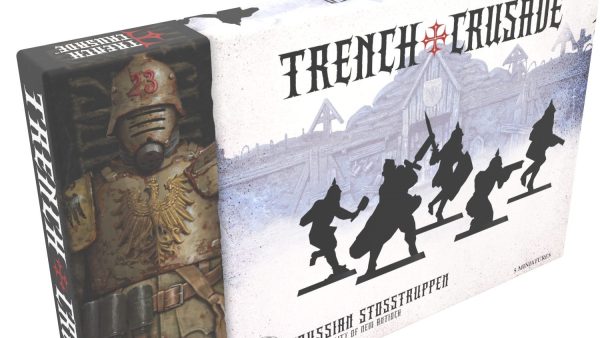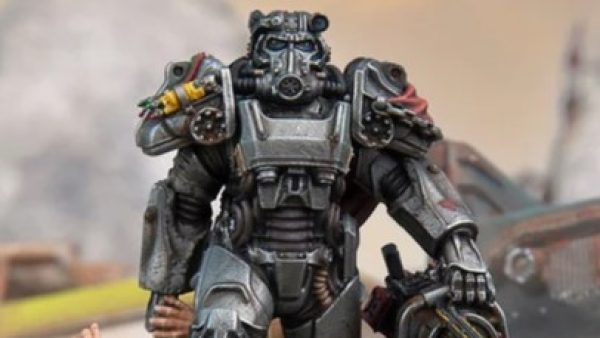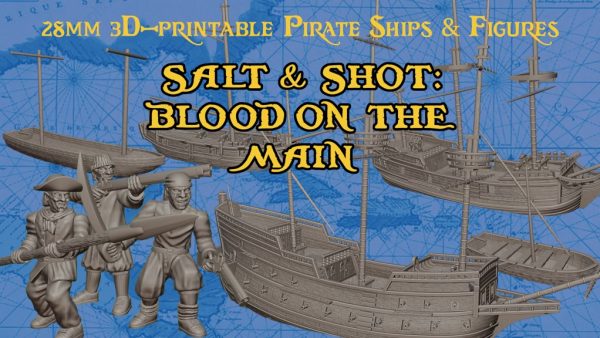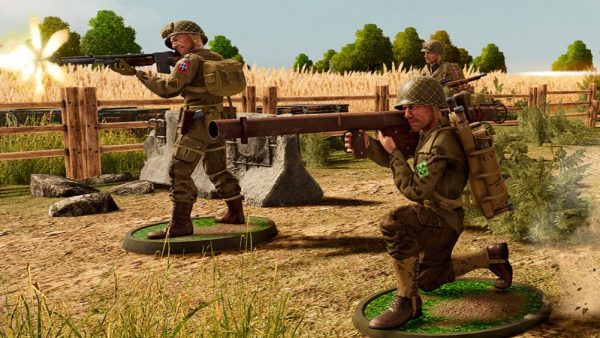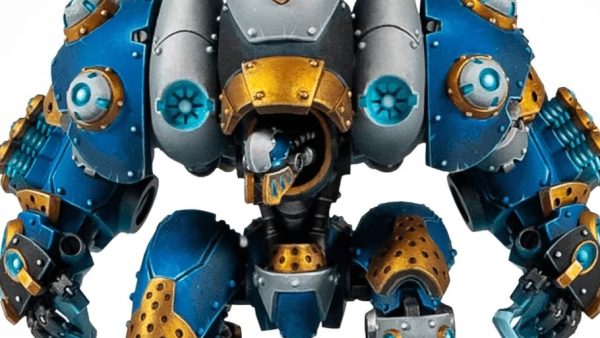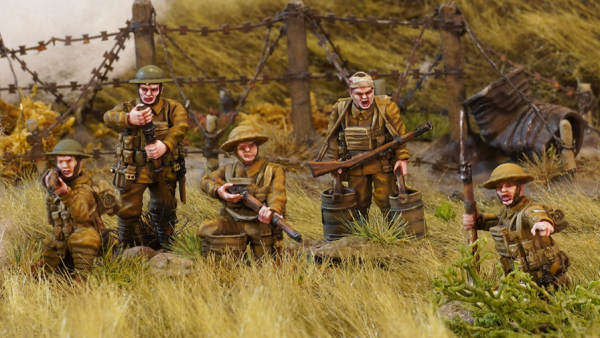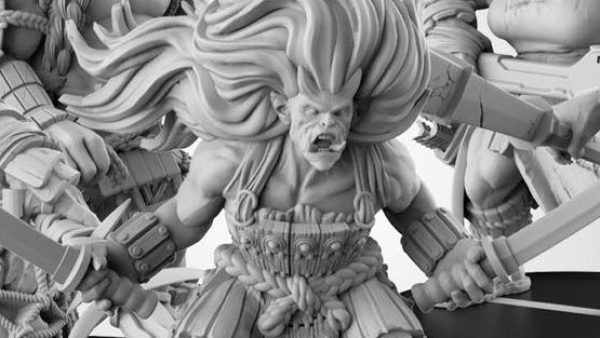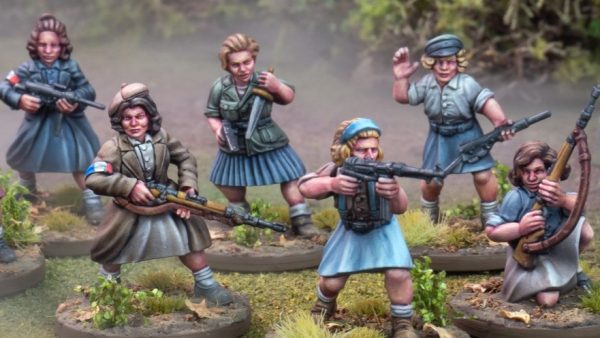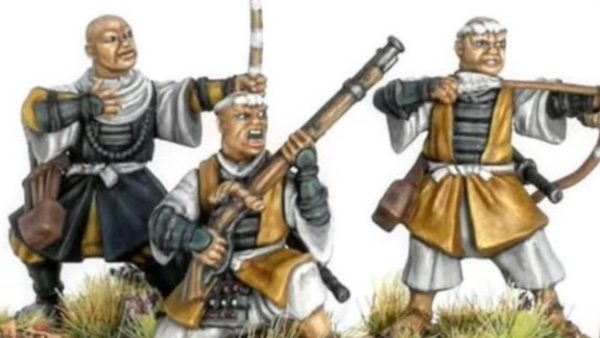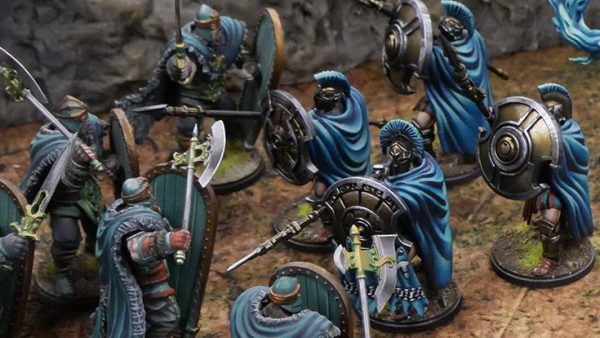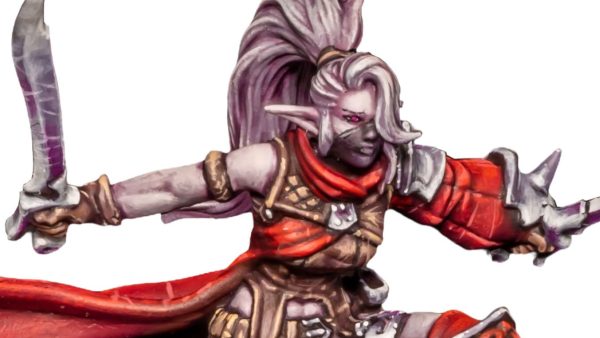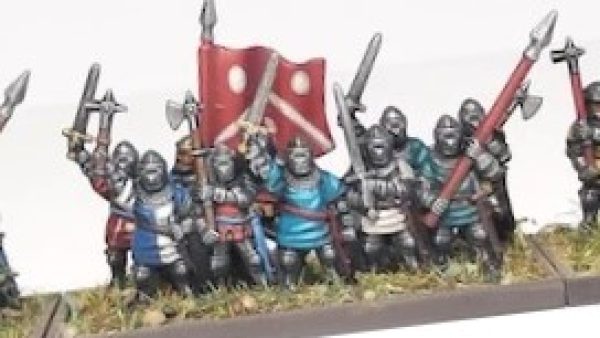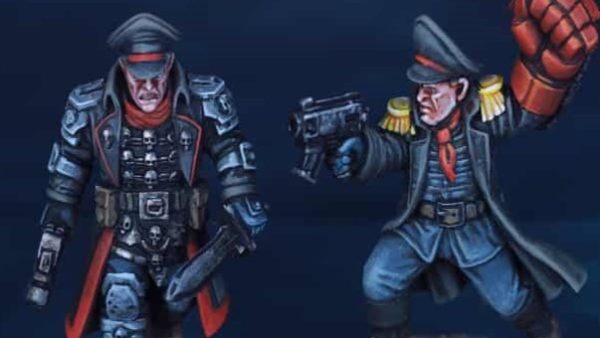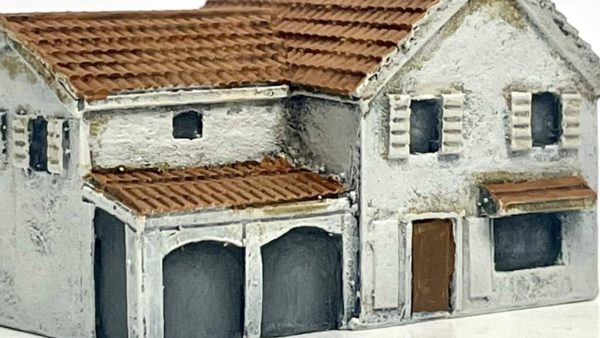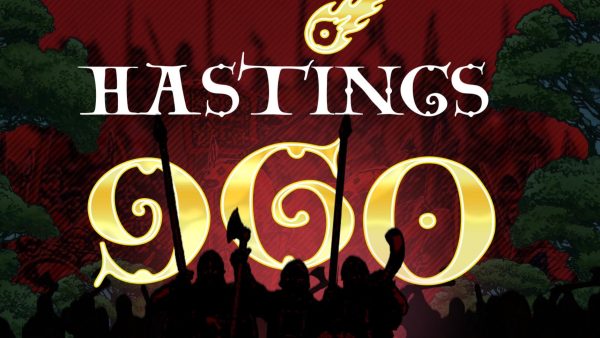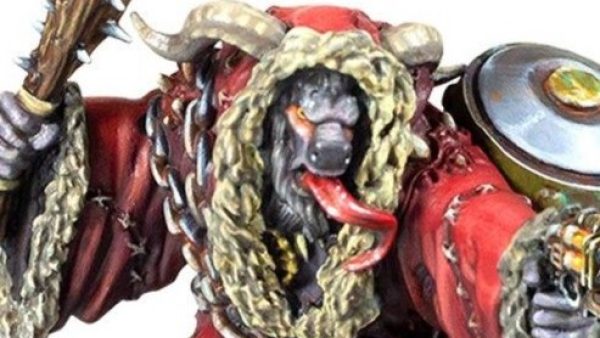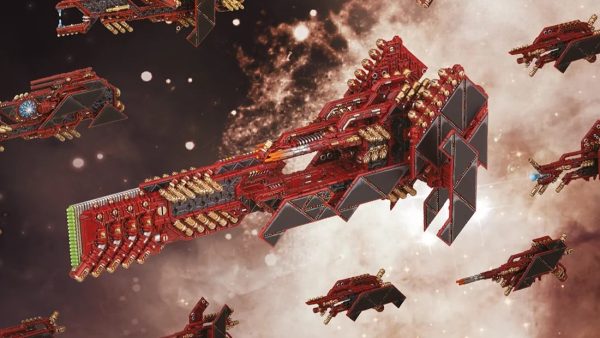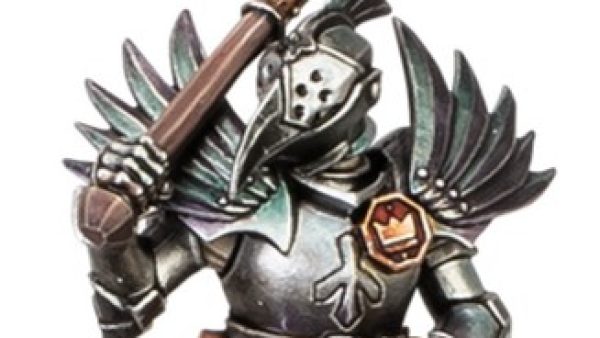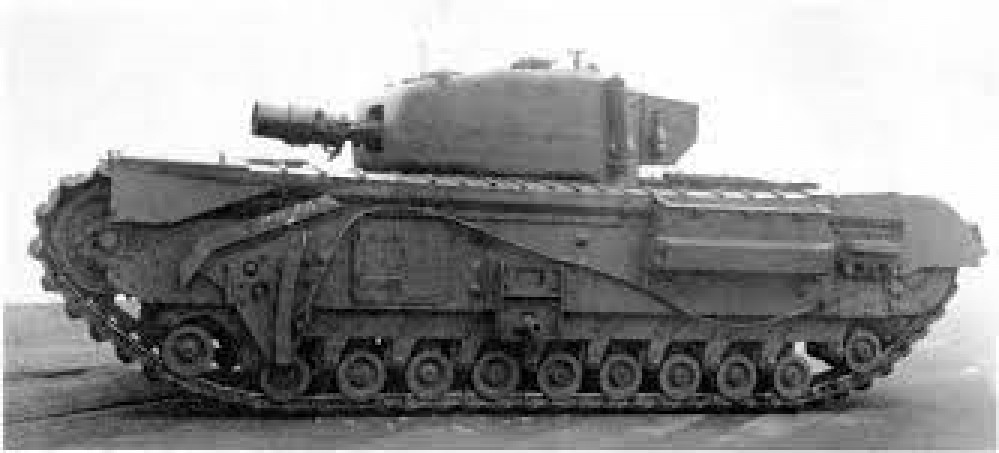
How to be an Armoured Farmer, building Hobart’s Funnies in Glorious 15mm (and maybe 28mm if they arrive in time!)
Recommendations: 2233
About the Project
Right then, having avoided any sort of Spring cleaning challenge in the past, I have decided to use this year's one to get something done that I have been gathering bits for over the past few years and finally finish and assemble all of my Hobart's Funnies. To get technical these are Armoured Vehicle Royal Engineers (AVRE) tanks, using the Churchill chassis as a base. I will also throw in some Sherman Crabs (Flail tanks). I have gathered a few books for reference so that I can paint and mark them up for one of the Armoured Assault Squadrons Royal Engineer (either 77, or 79) that landed ashore at Sword Beach and were the very first to see action on that beach; Plus the Sherman Crabs of A Squadron 22nd Dragoons. Whilst I want to be able to use the finished tanks in games depicting the D Day Landings (in Flames of War and Chain of Command at 15mm) I also want then to be versatile enough to be able to be used in later engagements that the 79th Armoured Division took part in (which is pretty much everything!). I hope you will find this of interest if you ever want to branch out into what the modern day Royal Engineers affectionately call being an armoured farmer.
Related Game: Flames of War: The World War II Miniatures Game
Related Company: Battlefront Miniatures
Related Genre: Historical
Related Contest: Spring Clean Hobby Challenge (Old)
This Project is Active
Reference Photos
And finally for our history segment, some more reference photos of AVREs and also vehicles loaded on to LCTs in preparation for D Day.
Sherman Crab Flail Tanks
As I mentioned before the Sherman Crabs I will field will be from the 22nd Dragoons but as for the crocodiles, the crabs were split into 3 independent regiments, that again would be split up as required to support the operations of other units. The 3 regiments themselves formed part of 30th Armd Bde. One other thing to note is that the tanks normally reversed their turrets when flailing to prevent damage to the main armament.
AVRE Small Boxed Girder Bridge
The Small Box Girder Bridge SBG, was one of a number of bridge laying vehicles available to the Army. The earliest version was based on a Valentine tank, and there were to variants of the Churchill bridge layer, The SBG and the Jumbo (based on the No. 2 tank bridge). All of the bridges had a 30ft gap crossing capability and could take up to class 40. Unlike the other two, which carried the bridge on top of the vehicle, the SBG held its bridge in front of it on a series of cables and could be raised and lowered using a winch fixed over the rear engine decks. The bridge was capable of bridging gaps with up to a 60 degree difference in angle/height, which as well as being remarkable, it also made it ideal for D Day and crossing the man made obstacles and natural barriers of the Normandy beaches.





























